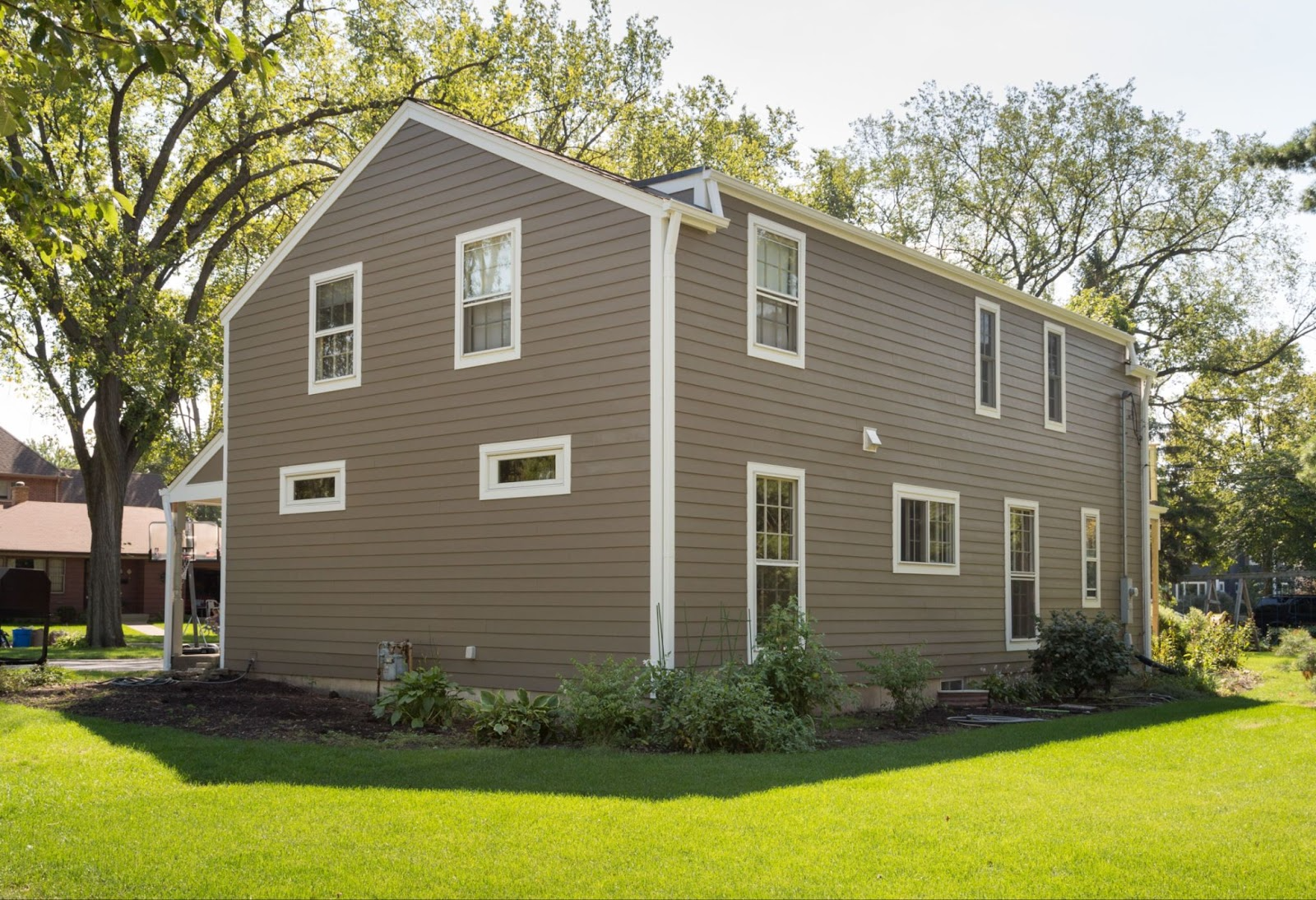When it comes to choosing the right siding for your home, there’s a lot to consider. In the past, vinyl siding was the go-to option for many homeowners. However, fiber cement siding has steadily gained popularity for its exceptional durability, low maintenance requirements, and aesthetic versatility.
Both siding materials have unique advantages and drawbacks. Understanding their differences can help you make an informed decision that enhances your home’s appearance, protection, and long-term value.
Durability and Damage Resistance
Fiber cement siding is known for its outstanding durability. Made from a blend of sand, Portland cement, water, and cellulose fibers, it offers excellent resistance to impact from hail and falling branches. Its slightly flexible composition helps prevent cracking or breaking on impact.
Vinyl siding, while resistant to rust, rot, and warping, is more susceptible to damage from severe weather. Hail and strong winds can crack or puncture vinyl, leading to costly repairs and potential water intrusion.
Longevity and Maintenance
Fiber cement siding typically lasts over 50 years with minimal upkeep. It requires only occasional cleaning with a garden hose to maintain its appearance.
Vinyl siding, in comparison, may start to show signs of aging after 10 to 15 years, especially in areas with intense sun exposure. While it doesn’t require painting, it can fade or become brittle over time and may need more frequent repairs or replacements.
Environmental Impact
Fiber cement siding is increasingly considered a more eco-friendly option. Many manufacturers incorporate recycled materials into the product, and it is generally more sustainable over time.
Vinyl siding, made from PVC (polyvinyl chloride), contributes to environmental pollution. It releases volatile organic compounds (VOCs) during manufacturing and disposal, and it is not biodegradable, raising concerns about its long-term environmental impact.
Fire Resistance
Fiber cement siding offers superior fire resistance. It is non-combustible and slows the spread of flames, providing added protection in the event of a fire.
Vinyl siding, on the other hand, can melt or ignite at high temperatures, making it a less desirable option for fire-prone areas or homes requiring extra fire safety measures.
Aesthetic and Design Flexibility
Homeowners seeking a custom look often prefer fiber cement siding due to its wide variety of textures and finishes. Options include smooth, stucco, grooved, and even wood grain styles. It can also mimic the appearance of shingles or traditional clapboard siding, offering impressive design flexibility.
Vinyl siding has come a long way, but it still lacks the texture depth and premium appearance that fiber cement can deliver.
Cost-Effectiveness
While vinyl siding has a lower initial cost, fiber cement siding typically provides better long-term value. The higher upfront investment is offset by its longer lifespan, reduced maintenance needs, and stronger resale value. In fact, fiber cement siding retains approximately 70% of its value at resale, making it a smart financial decision for many homeowners.
Ready to Upgrade Your Home’s Siding?
Whether you’re leaning toward vinyl or fiber cement, Canes Exteriors is here to help you make the right choice for your Spring Hill, KS home. Contact us today at (913) 645-1007 or fill out our online form to schedule your free consultation and take the first step toward a more beautiful, durable exterior.








